Sips of Sophistication: The Cultural Essence of Wine
A Brief Introduction to Wines: From the Grapes to the Glass.
A Brief Introduction to Wines: From the Grapes to the Glass
Ovid’s Ode to Wine
"Wine gives courage and makes men more apt for passion," mused the Roman poet Ovid in his collection of love poems, Amores. This age-old sentiment captures the essence of wine's enchanting power to lower inhibitions, kindling both confidence and the flames of desire.
Wine: A Mosaic of Culture, Craftsmanship, and Connection
Wine stands as a testament to the sophistication of human palate, culture, and etiquette. Beyond being a mere beverage, it has long been revered as an emblem of celebration, contemplation, and connection across diverse landscapes. This divine nectar, whose history spans millennia, tells tales of royalty seduced by its allure and commoners celebrating life's simplest moments. Every bottle not only captures the essence of a specific geography and climate but also the meticulous craftsmanship of vintners. The act of drinking wine is layered, marrying elegance with ritual, tradition with innovation. And as we navigate the etiquettes of wine consumption—from the swirl of the glass to the pairing with food—we engage in a timeless dance, toasting to the intricate tapestry of human endeavours and shared experiences. With every sip, we are not just tasting the wine; we are partaking in a legacy of human artistry and the refined etiquettes that accompany it.
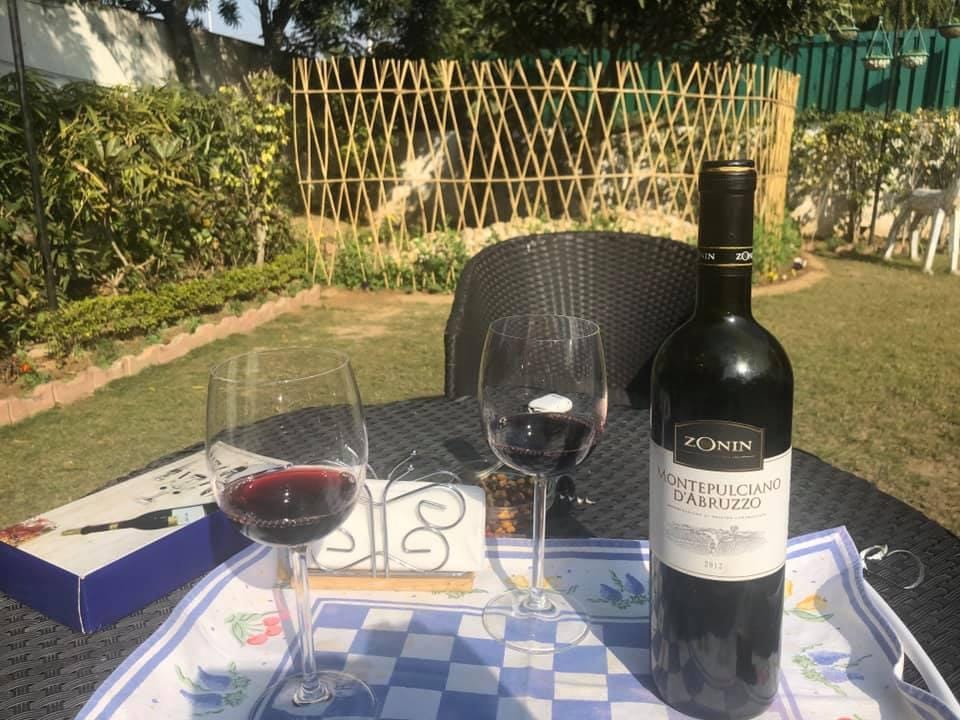
The Roots of Wine
Across different landscapes and timelines, wine has been more than just a drink—it has been an emblem of reverence and cultural significance. The Greeks, with their pantheon of gods, worshipped Dionysus as the deity of wine, and the Romans continued this veneration with Bacchus. Italy, a cornerstone in the world of winemaking, boasts a rich lineage with celebrated varietals like Chianti and Barolo, each echoing tales from its lush vineyards. Concurrently, the tapestry of ancient Indian myths introduces us to "soma" and "sura", enchanting elixir said to have been savored by both asuras (demons) and surs (deities). These tales, while captivating, lead to spirited debates among scholars, drawing possible parallels between these ancient brews and the wines we cherish today.
Defining Wine
Wine emerges from the natural fermentation of grapes, capturing the essence of the grape and translating terroir and time into every sip. Its distinctive acidity, typically marked by a pH value ranging between 2.8 and 4.5, sets it apart from distilled spirits such as whiskey and scotch, which focus on purifying and concentrating the alcohol content through distillation processes.
The Grapes and Geography
Every grape varietal tells a story and becomes the very soul of the wine it produces. Cabernet Sauvignon and Merlot spin tales of bold reds, while Chardonnay, Sauvignon Blanc, and Riesling whisper of crisp whites. Notably, Pinot Grigio (or Pinot Gris) produces light, refreshing wines with citrus undertones, whereas Pinot Noir unravels a deeper narrative, offering medium-bodied wines teeming with cherry and raspberry notes. This narrative is also deeply influenced by the terroir, with regions like the esteemed Bordeaux in France, picturesque Tuscany in Italy, or the vibrant Napa Valley in California, each imparting unique characteristics to their wines.
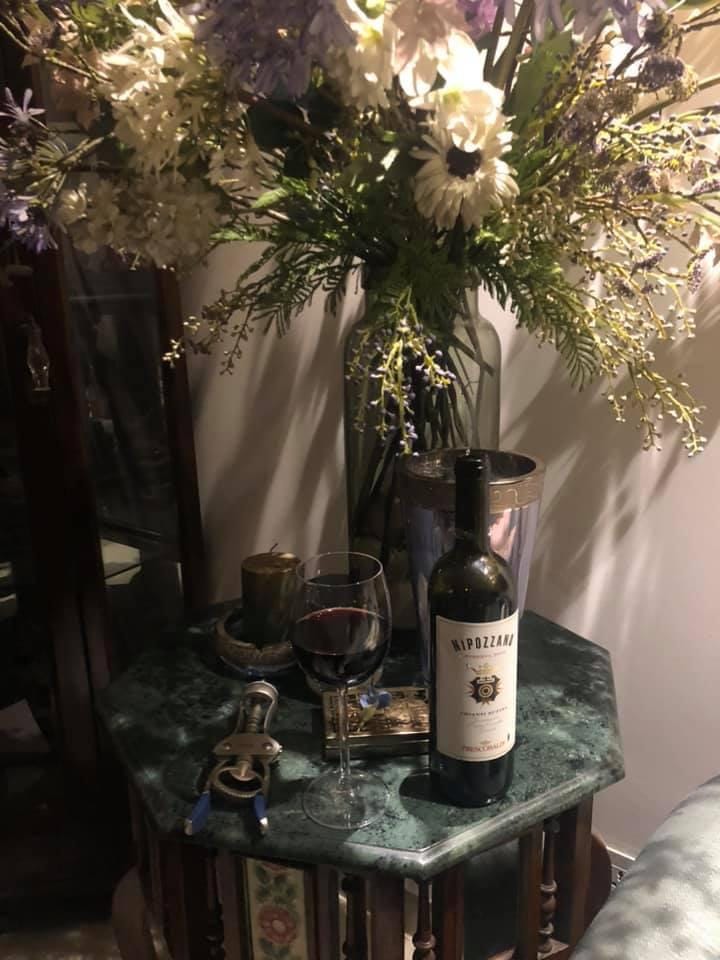
Red vs. White
The distinction goes beyond mere colour. The art and science of winemaking manifest in the nuanced differences between red and white wines. Reds acquire their deep hues from fermenting alongside their skins, creating a rich tapestry of flavors. In contrast, whites achieve their pristine clarity from fermenting without the grape skins, revealing a different spectrum of tastes. The ambiance in which these wines are savoured matters too; reds find their character highlighted in the coolness of a tranquil English living room, while whites flourish when chilled to perfection.
The Pinot Family's Shades
Delving deeper into the grape's lineage, both Pinot Grigio and Pinot Noir hail from the expansive Pinot family. Yet, their shared lineage doesn't translate to shared characteristics. Pinot Grigio, known for its pale hues ranging from yellow to light pink, stands as a testament to refreshing white wines. Conversely, Pinot Noir, celebrated especially in regions like Burgundy, is the emblem of prestigious reds, rich in flavors and history.

Shakespeare on Wine and Goodwill
In William Shakespeare's play, Henry VIII, Cardinal Wolsey observes, "Good company, good wine, good welcome, can make good people." Within the play's context, this reflects Wolsey's belief in the transformative power of hospitality and camaraderie. More broadly, Shakespeare suggests that a nurturing environment, enriched with genuine company and shared pleasures, can draw out the best in us. While these alone don't define our goodness, they certainly create a backdrop that encourages kindness, generosity, and authenticity.

The Art and Aesthetics of Wine
Drinking wine is much more than a mere indulgence; it's a captivating art form rooted deeply in history and intricate nuances. The curvature and stem of a wine glass, both elegantly designed, serve a purpose: to magnify the wine's rich bouquet and diverse flavors. The act of uncorking a bottle is a ceremony in itself, initiating an ephemeral dance of aeration that slowly softens the wine, unveiling its layered essence. Decanters, with their beautifully broad bases, are not just ornamental but pivotal in this aeration ballet. In the wine realm, age isn't simply chronological but a marker of a wine's journey to sophistication and depth. A 'Reserva' label is more than just a title; it's an affirmation of the wine's commitment to meeting rigorous aging benchmarks, underlining its pursuit of perfection.
Memories Bottled and Preserved
For aficionados, every bottle of wine uncorked is a chronicle of moments, emotions, and shared experiences. Particularly, vintage wines, revered for their storied pasts, occupy a unique pedestal, their corks becoming treasured keepsakes. Beyond the drink, there lies a sentimental tradition: the conservation of the bottle itself. This becomes especially poignant when the wine marks a significant event. Encouraging attendees or companions to inscribe the bottle or label transforms it into a tangible relic of shared memories, akin to a collective journal. This deeply entrenched custom accentuates that wine's allure isn't solely in its flavor or fragrance but also in its power to intertwine individual narratives with the timeless art of vinification.
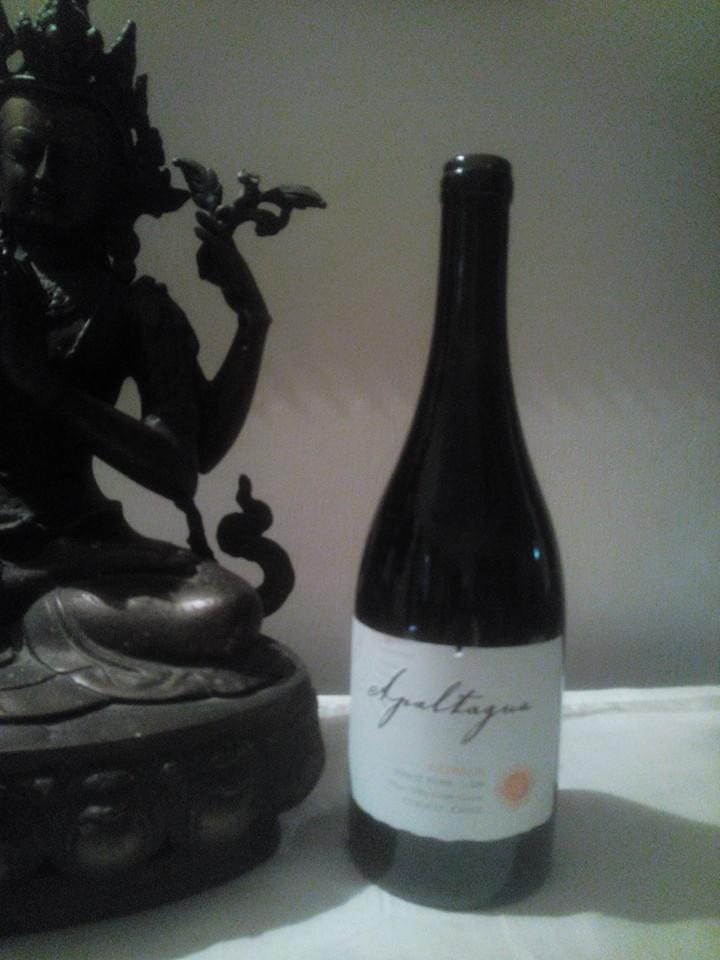
Food and Wine: A Symphony of Flavors
The relationship between wine and food is an age-old dance of flavors, textures, and aromas, creating an experience that is far greater than the sum of its parts. Robust reds, with their deep, resonant notes, impeccably accentuate the richness of red meats, transforming an ordinary meal into an exquisite culinary journey. On the other hand, the nuanced elegance of whites, often imbued with hints of citrus or floral undertones, melds harmoniously with the delicate flavors of poultry and fish, enhancing their inherent subtleties. But beyond these classic pairings, cheese stands as a wine's most iconic partner. From the soft, buttery allure of Brie, which can meld with both reds and whites, creating varying taste experiences, to the bold and assertive character of Cheddar, which demands wines with enough body to match its intensity — the art of pairing wine with cheese has been refined over centuries, each combination revealing new depths and dimensions in both the drink and the delicacy.
Vineyards Beyond Tradition
While historic wine strongholds such as France, Italy, and Spain have long been benchmarks in winemaking, a wave of fresh terroirs from around the globe is reshaping the wine landscape. From the sun-kissed valleys of California and Australia's diverse regions to the burgeoning vineyards of Latin America and the unexpected terrains of India, epitomized by producers like Sula, these newer geographies are not only producing commendable grapes but are also crafting wines that stand toe-to-toe with their time-honoured counterparts. The world of wine is expanding, and these emergent regions are testament to the universal appeal and adaptability of viticulture.
Port Wine: A Global Legacy
Birthed in Portugal's Douro Valley, Port wine blends grapes like Touriga Nacional with the uniqueness of brandy fortification, resulting in a rich, sweet profile. Rooted in the 17th century for stability on long voyages to England, its history boasts milestones like a 1756 demarcation and the 1908 inception of the Port Wine Institute. Since the EU's 1986 export facilitation, it's crafted by over 500 quintas and relished in 150+ countries. Though traditionally celebrated as a dessert wine, Port's velvety depth, intoxicating aromas, and multi-layered richness have solidified its status as a standalone pleasure, offering a symphony of flavors even without accompaniments.

Closing Thoughts: The Timeless Truth of "In Vino Veritas"
The Latin phrase "In vino veritas," translating to "In wine, there is truth," encapsulates the ancient belief that under the influence of wine, one might freely express genuine sentiments. Historically traced back to the Roman author Pliny the Elder in his work, "Naturalis Historia," the phrase's essence permeates both literary and pop culture references, revealing the timeless relationship between alcohol and authenticity. For instance, William Shakespeare's character Petruchio in "The Taming of the Shrew" invokes it to rationalize his approach to his wife, Katherina, suggesting wine's potential to alter perceptions and behaviours.
Final Toast: Savoring Wine with Care and Consciousness
Yet, the phrase is not solely cautionary. For many, wine serves as a catalyst for relaxation, prompting open-hearted conversations and the lowering of guards. Portrayed as a luxurious and thoughtful gesture, wine is also excellent for gifting, adding a touch of elegance and sincerity to any occasion. Yet, while it's a gift from the vineyards, a celebration of truth in every sip, it's paramount to remember the profound effects of alcohol on words and actions. In the spirit of "In vino veritas," enjoy its offerings responsibly, cherishing the moments it creates and the truths it may unveil.
Cheers!
==========================
If you know anyone who you think will appreciate this article and other similar ones, do me— and them— a favour. SHARE. All you need is their email or contact on any of the popular Apps.
===========================
FRIENDLY WARNING: Excessive use of alcohol is injurious to health— drink responsibly.
All photographs are from our personal album.
No “paid promotion” is involved.




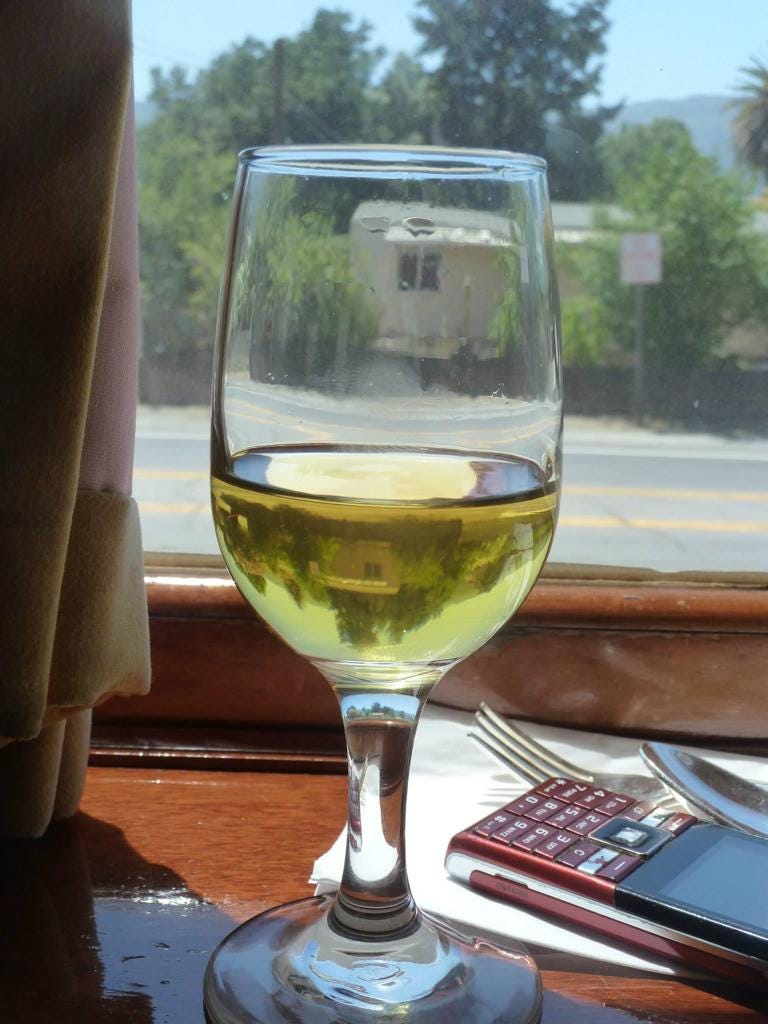



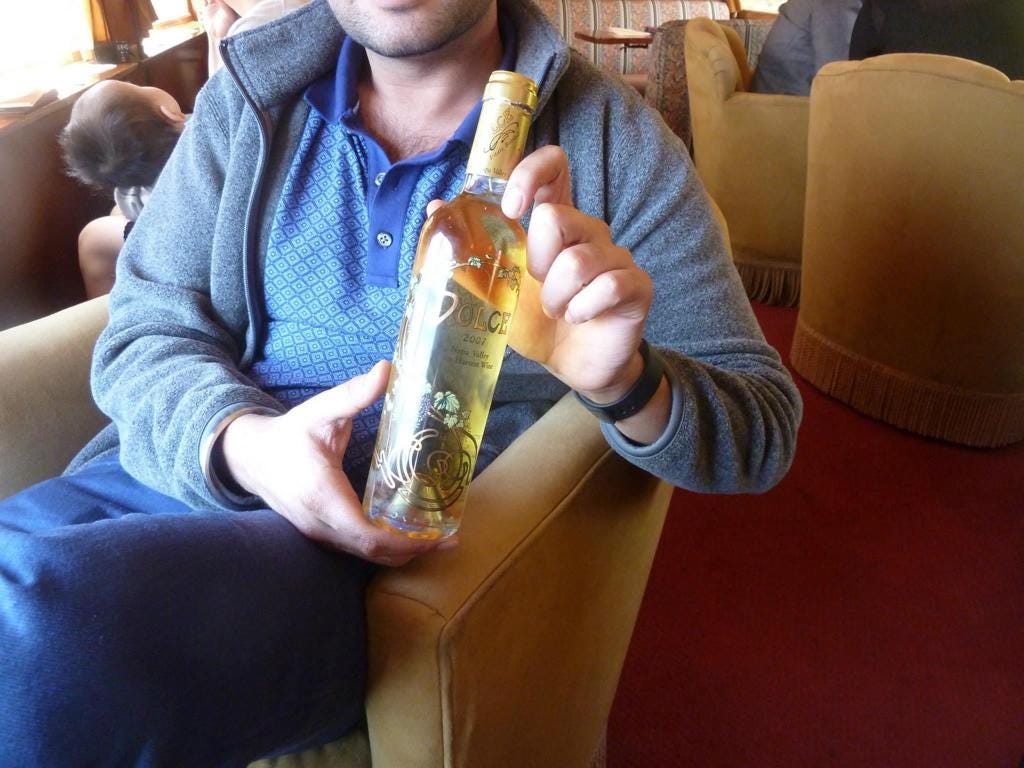
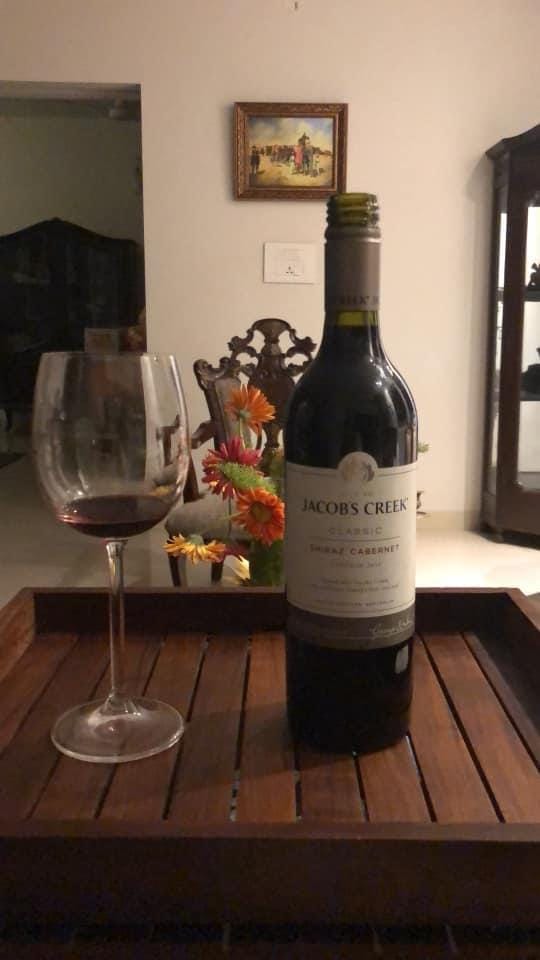

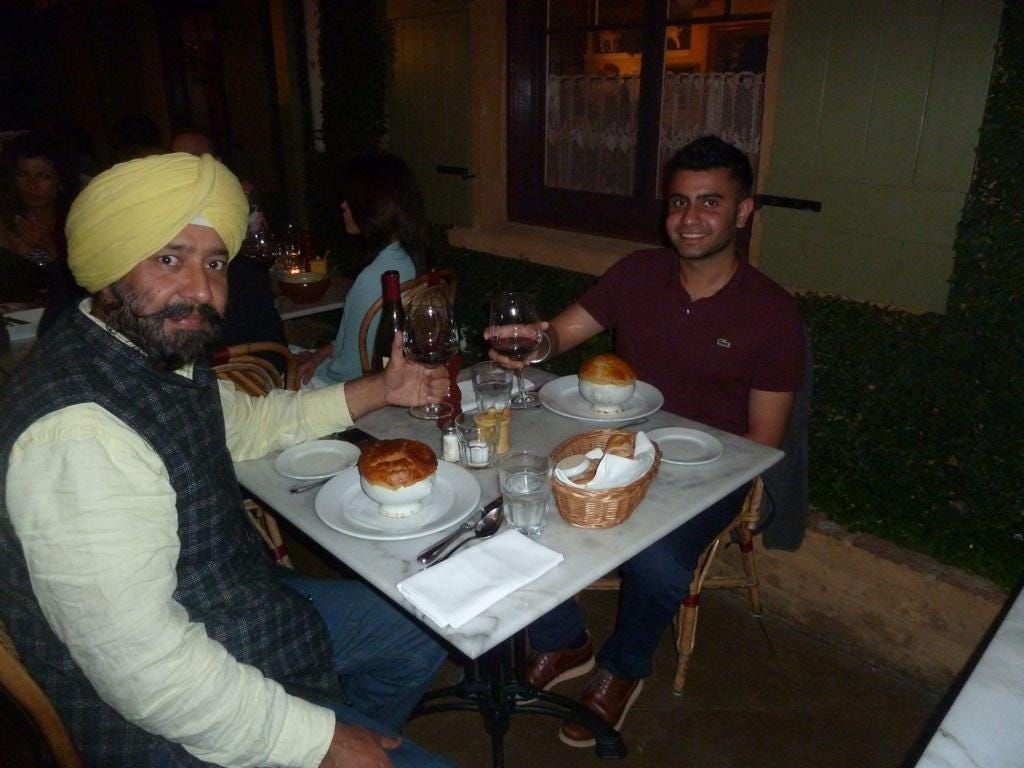
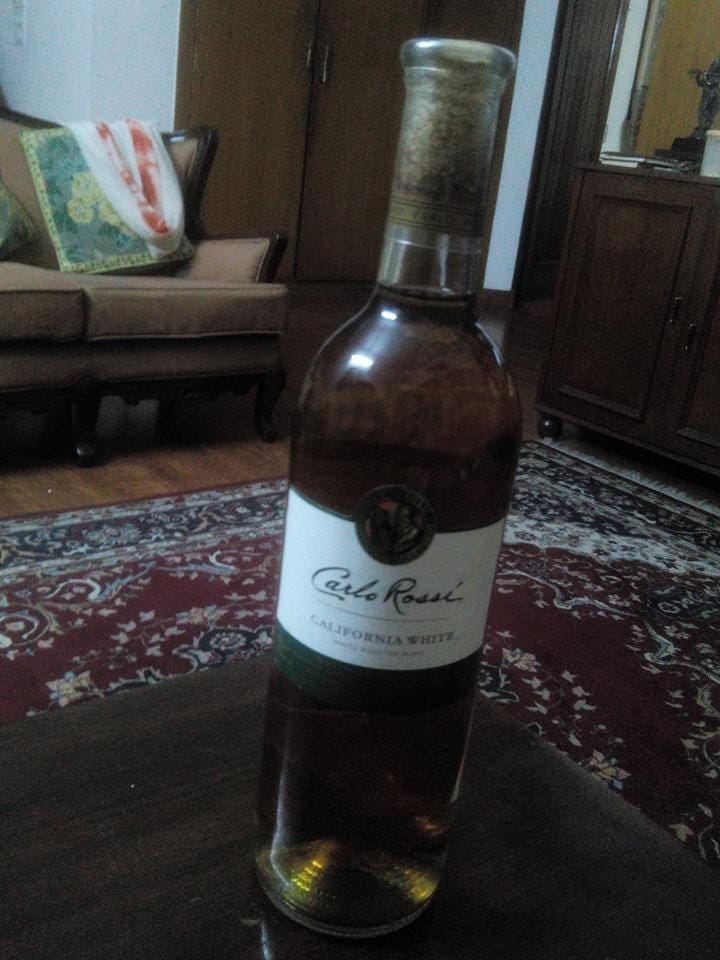
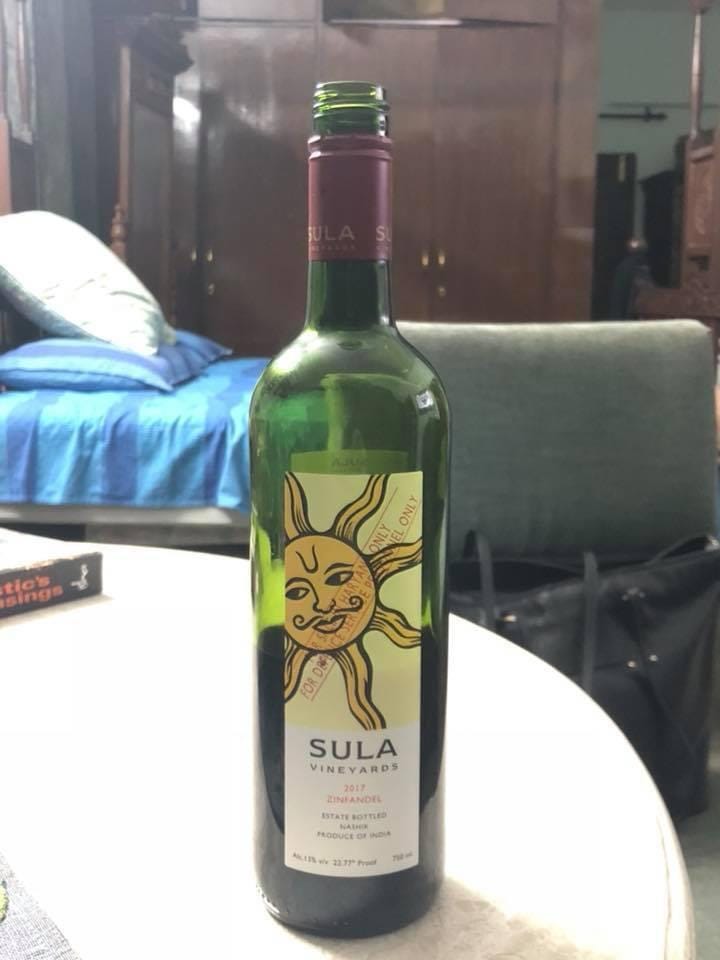


What a vivid description and thorough research on 🍷